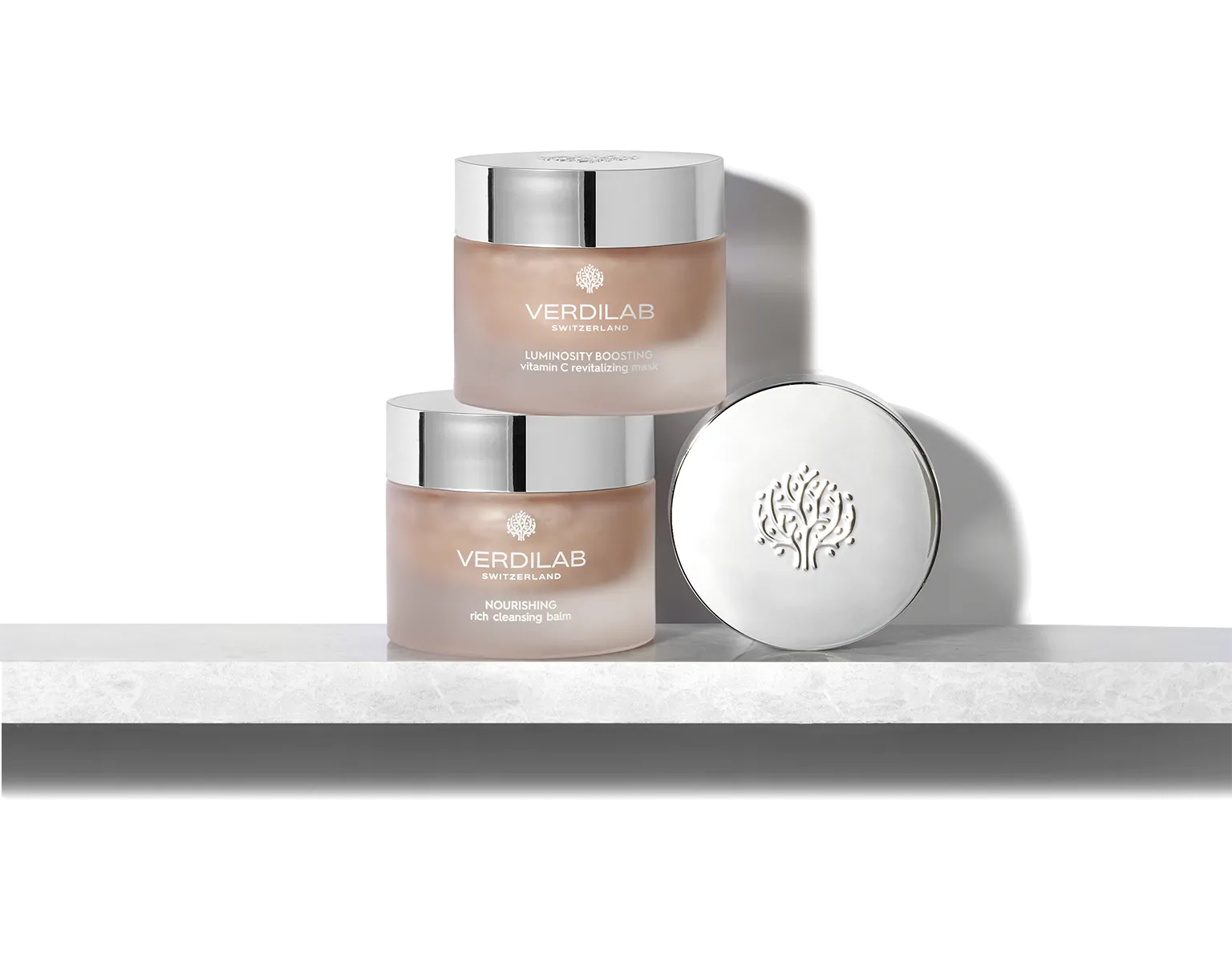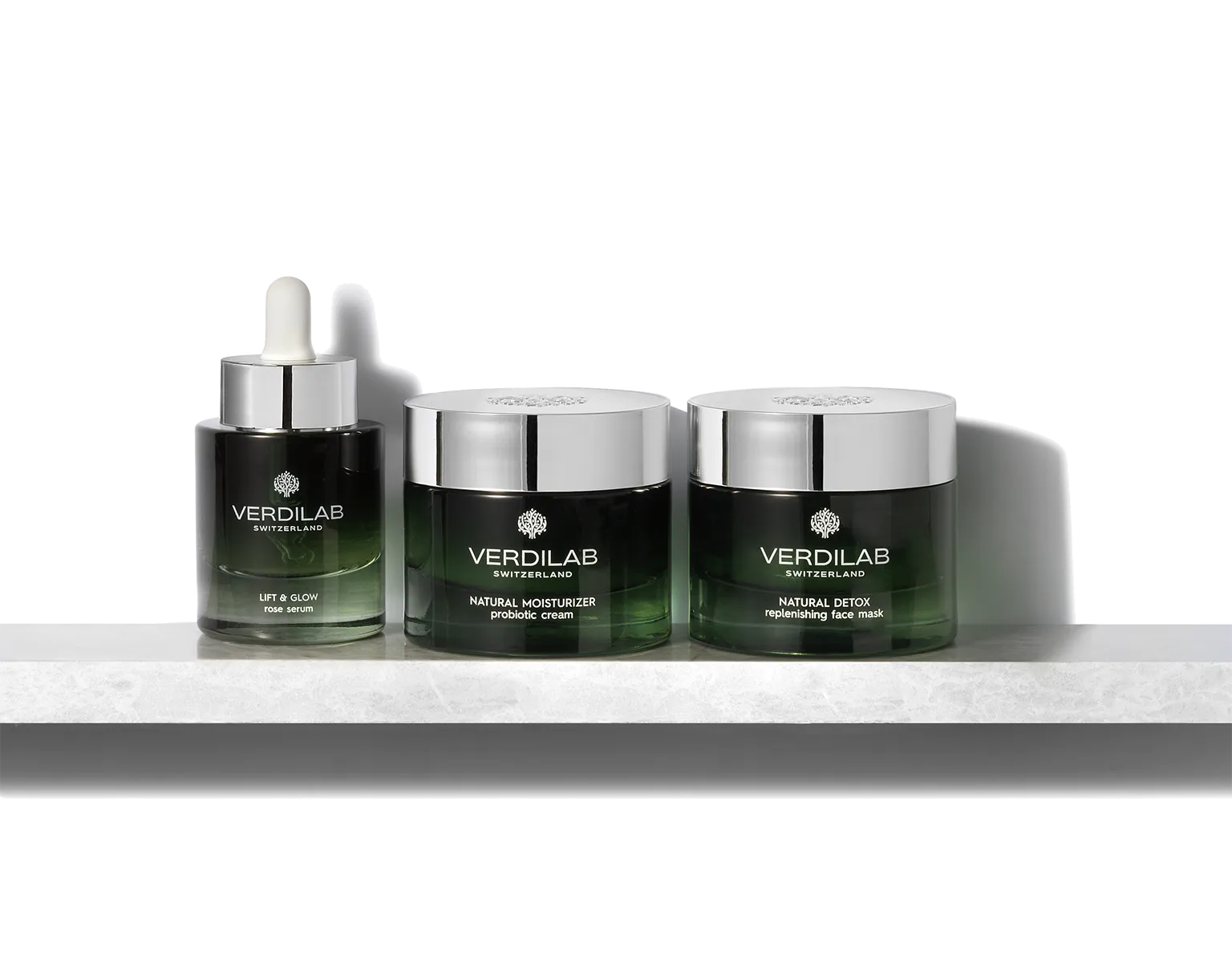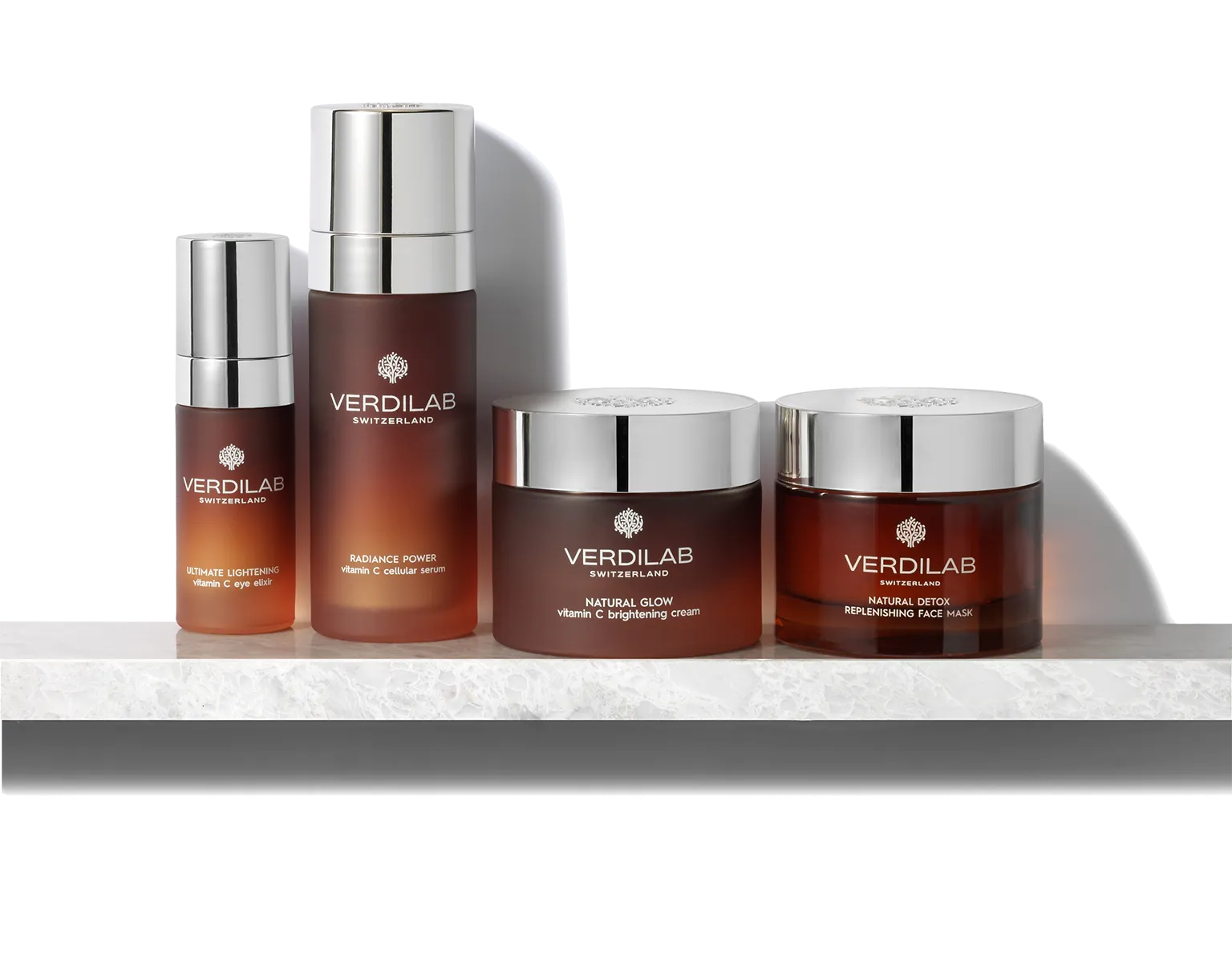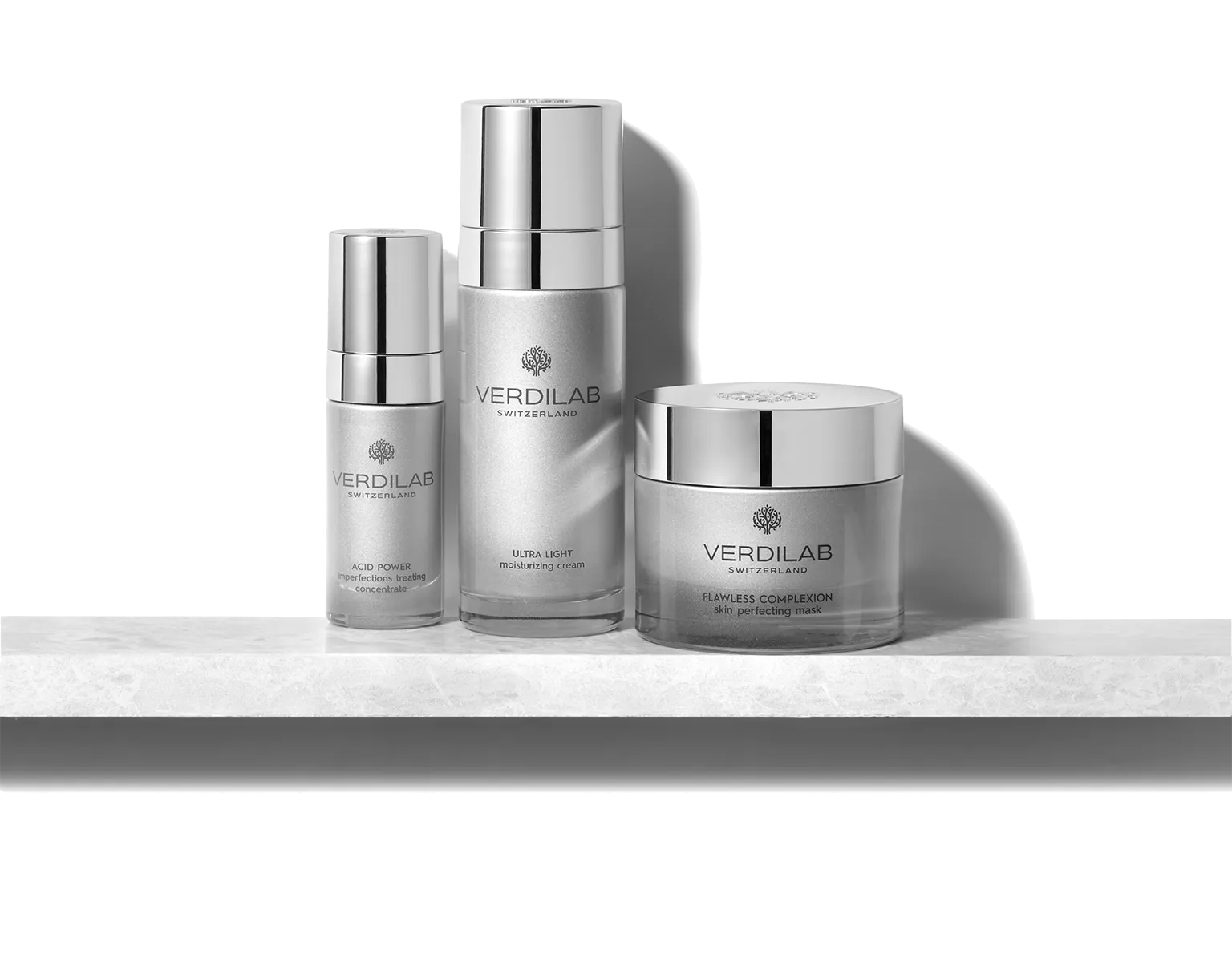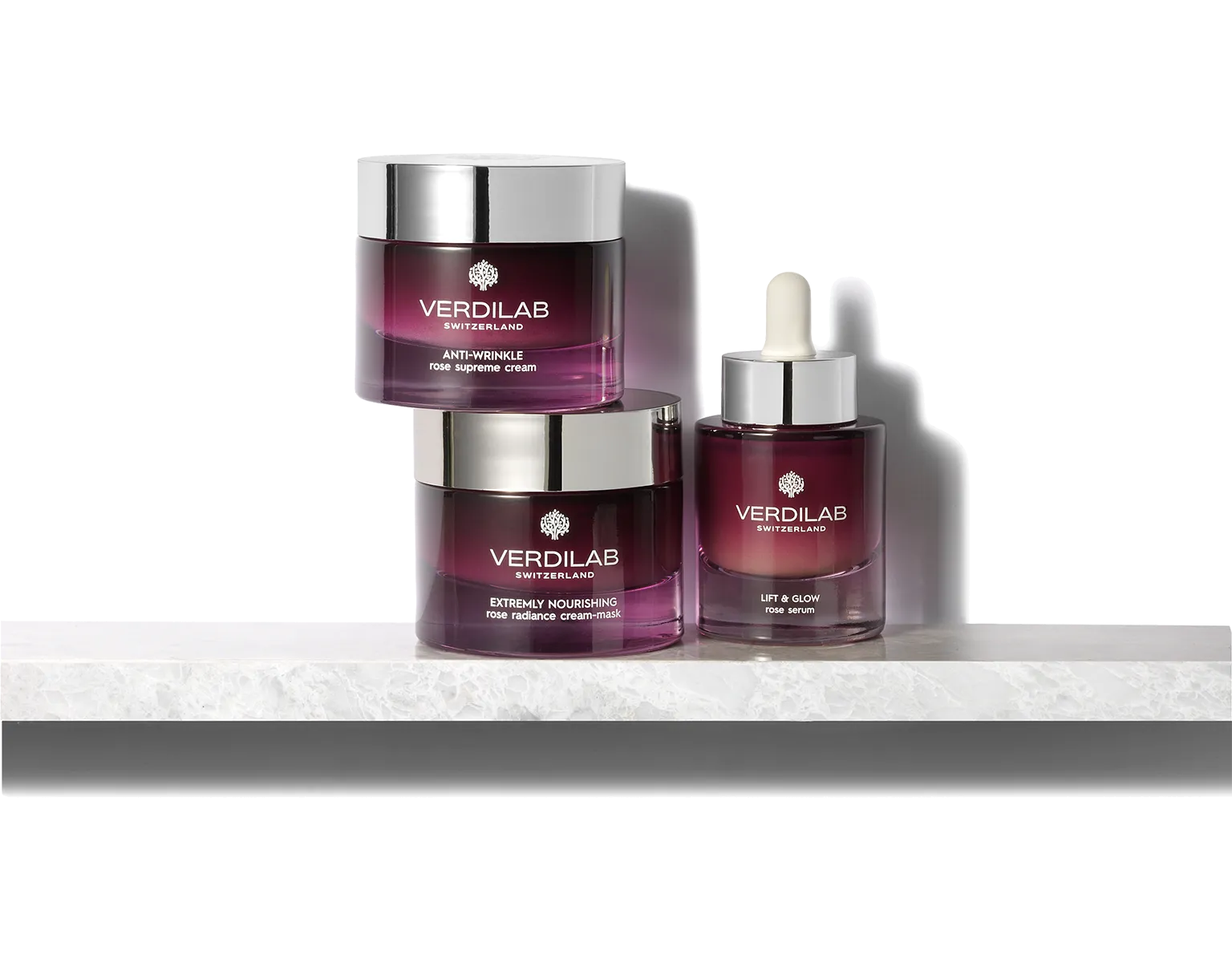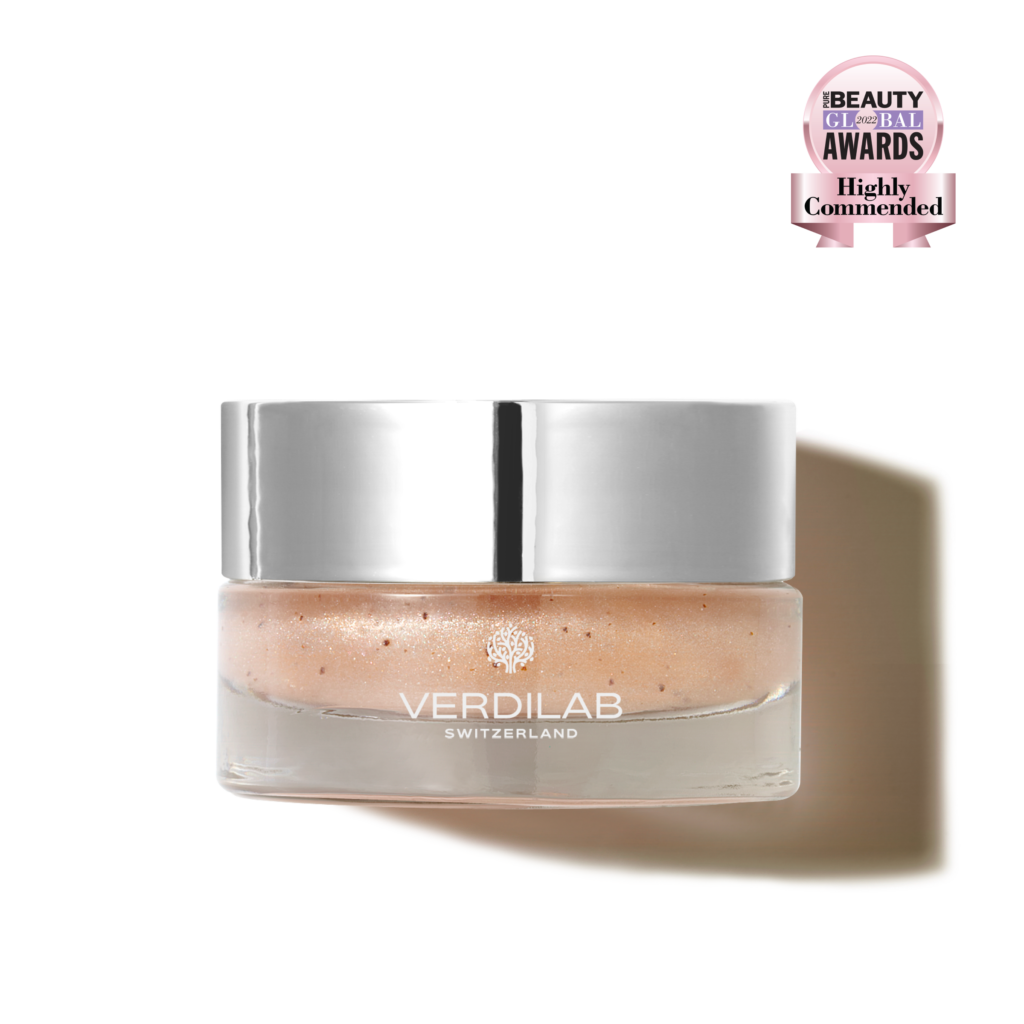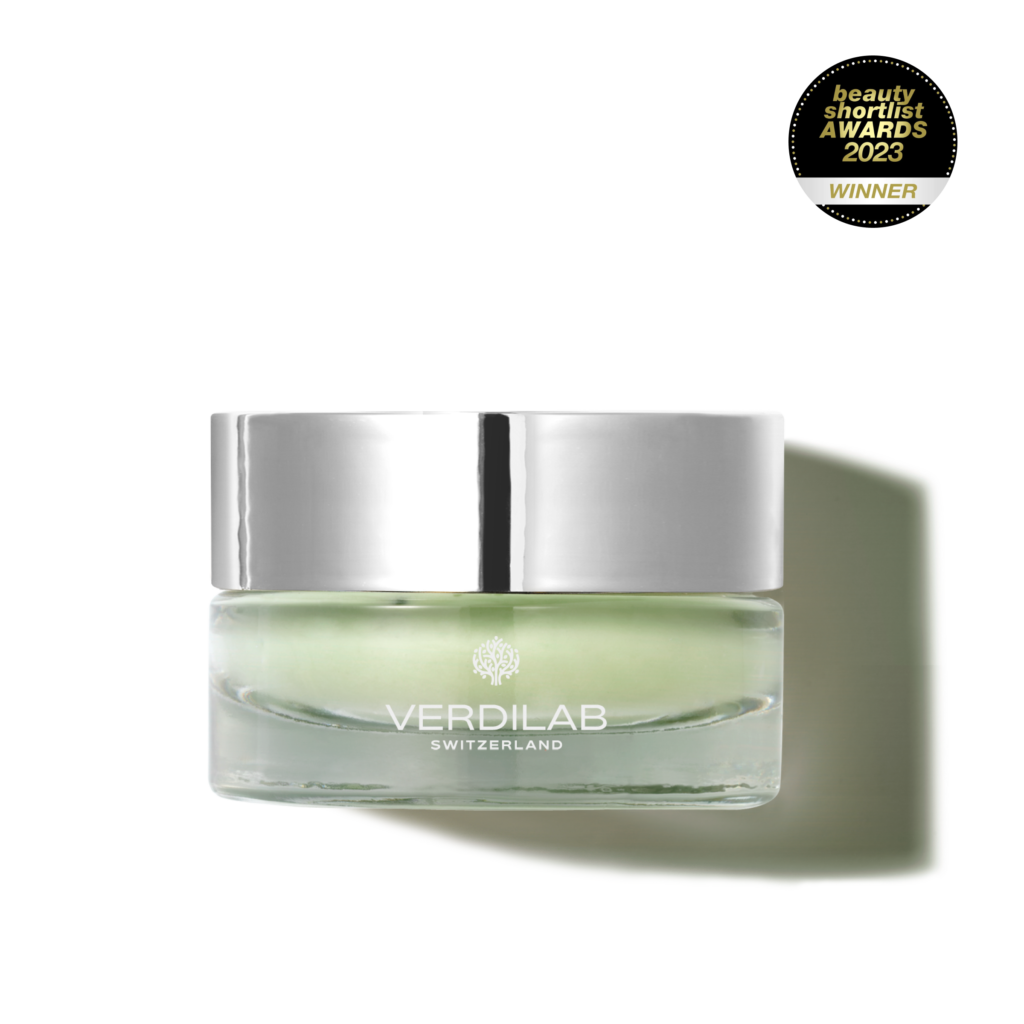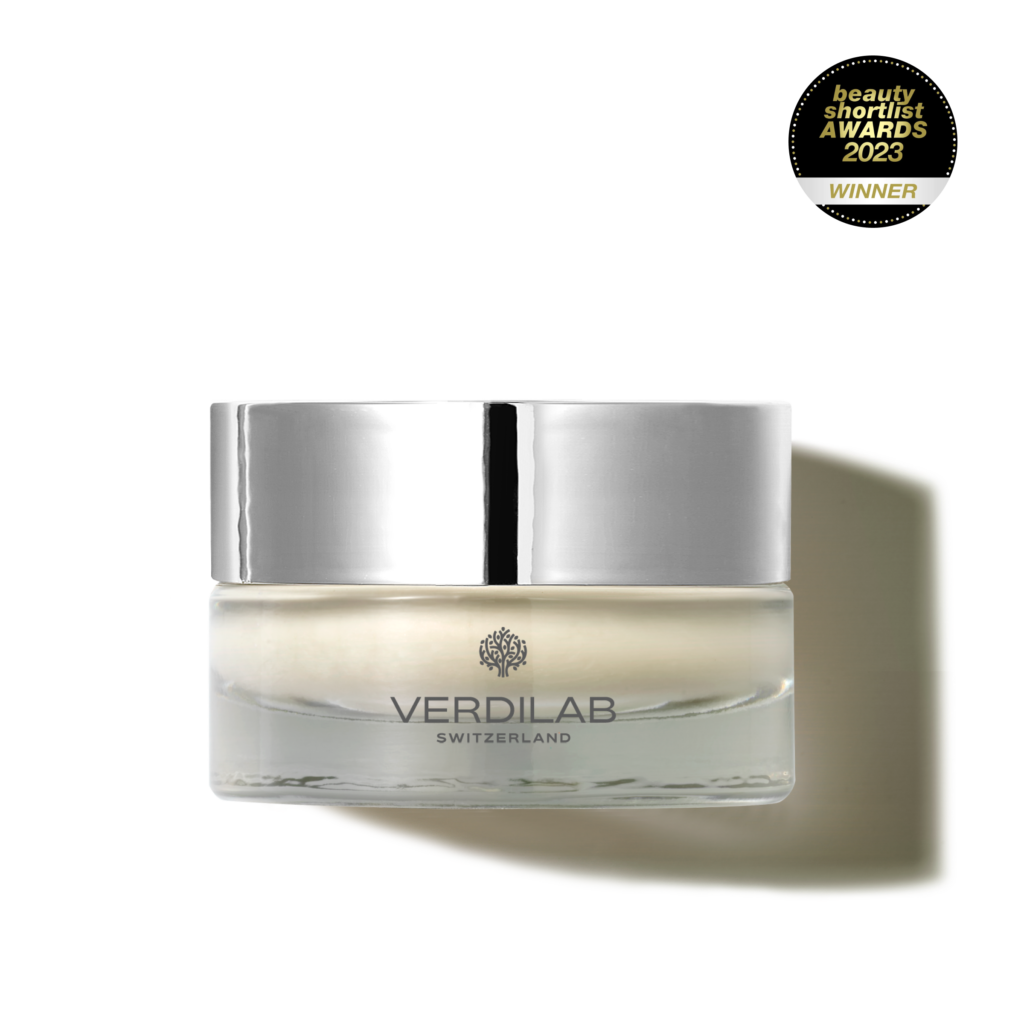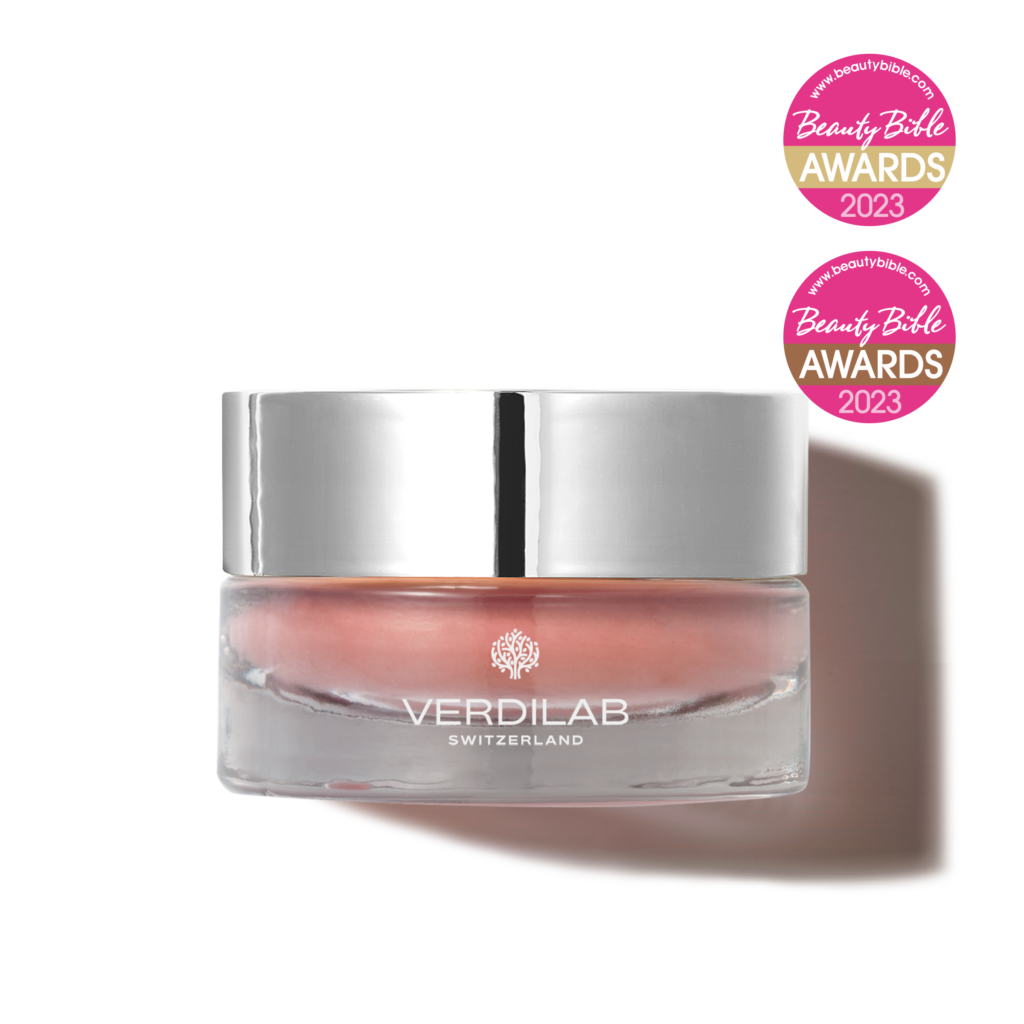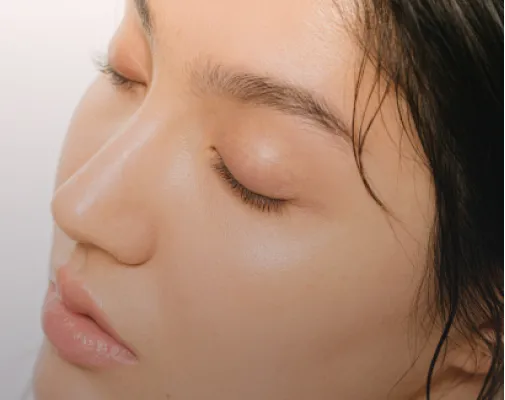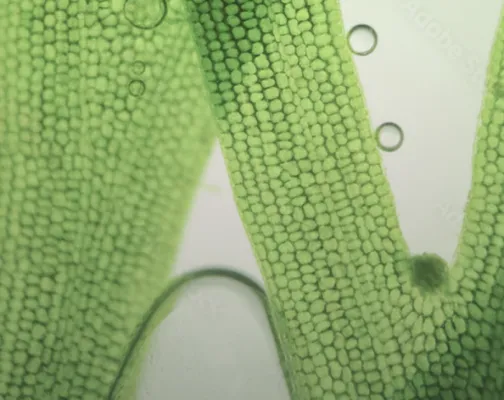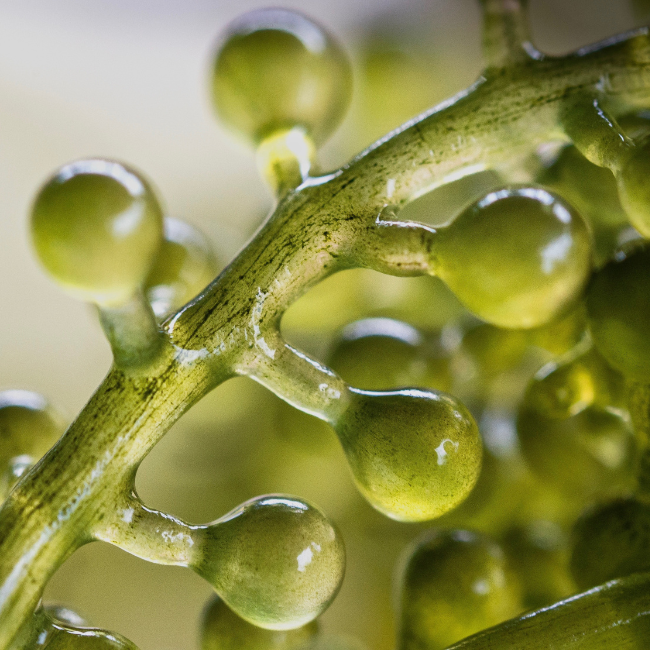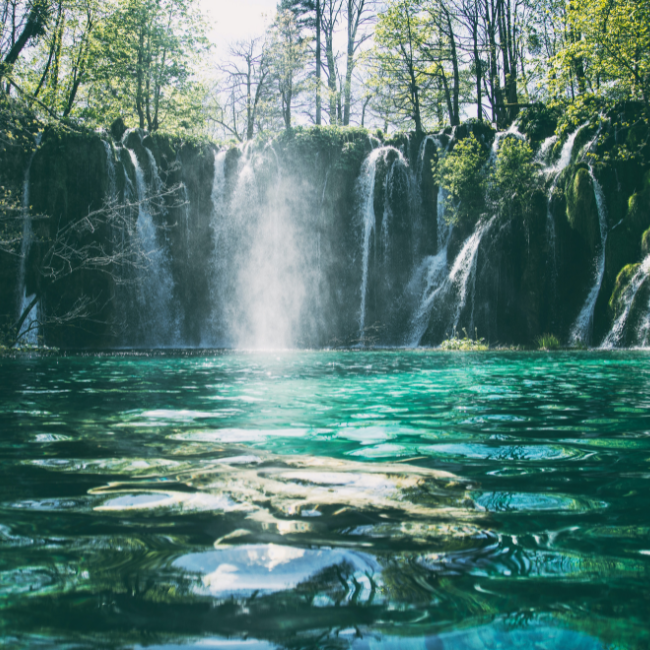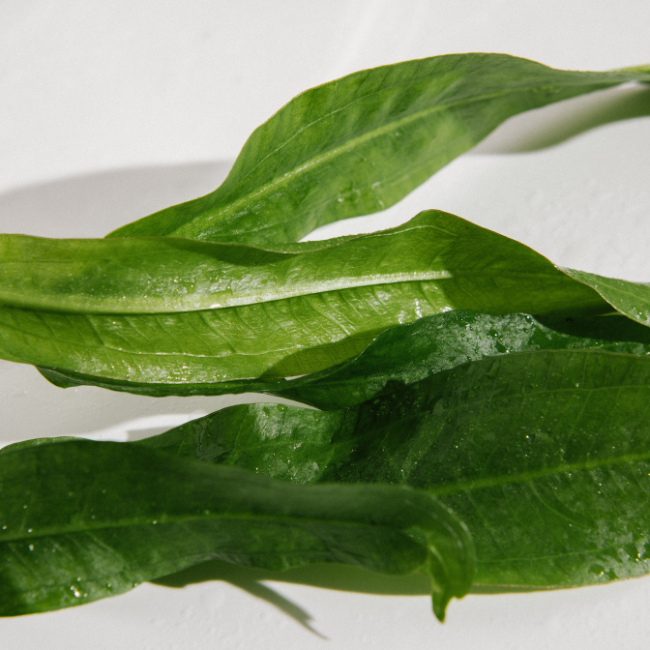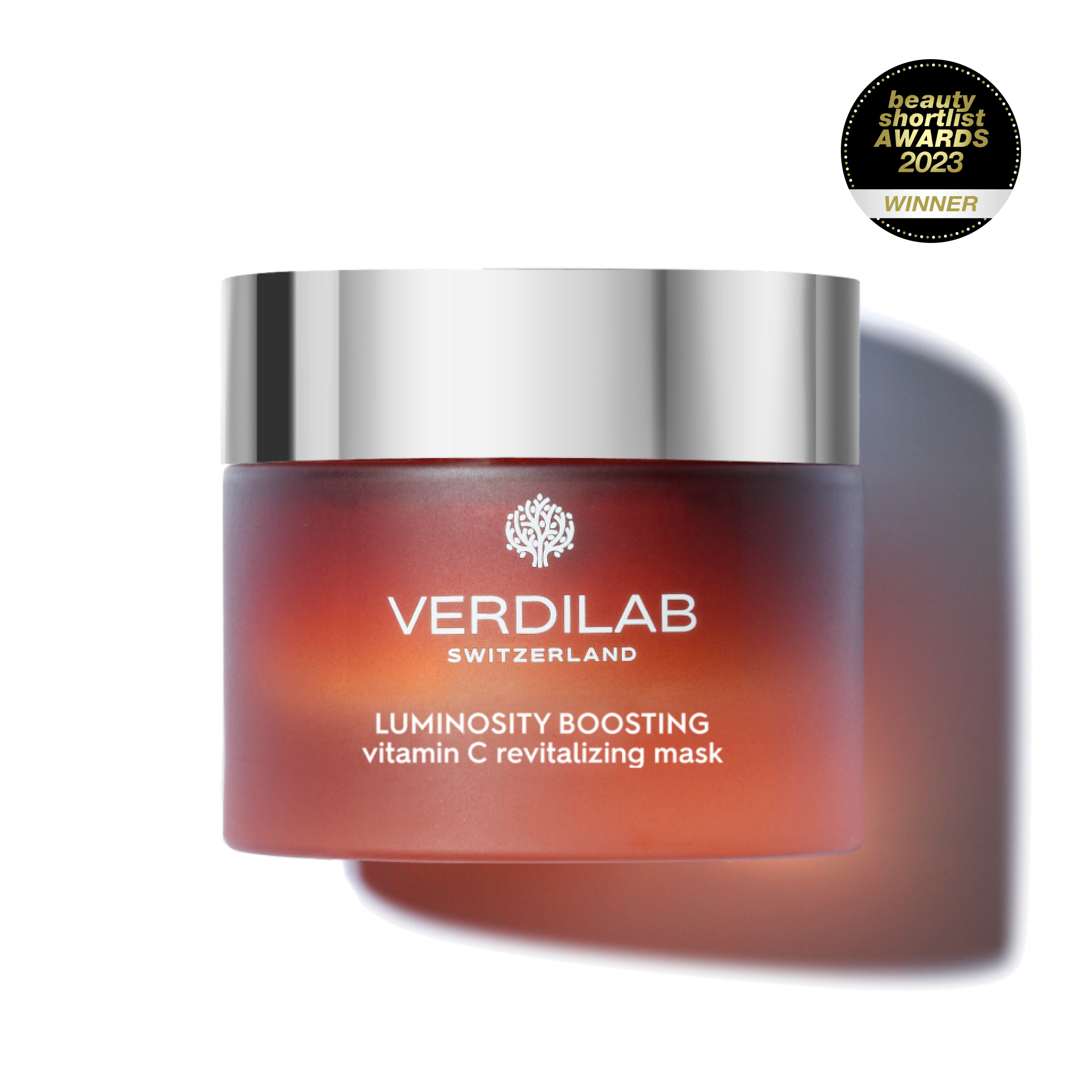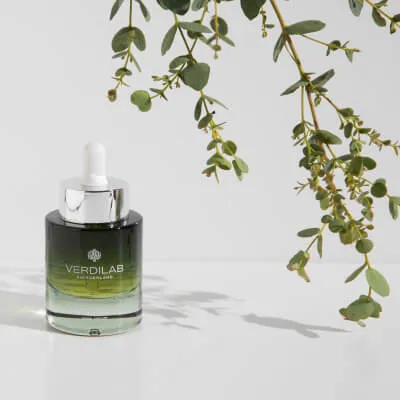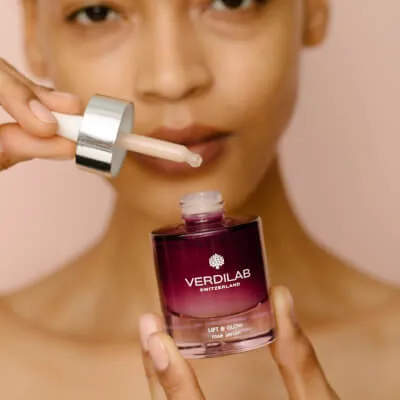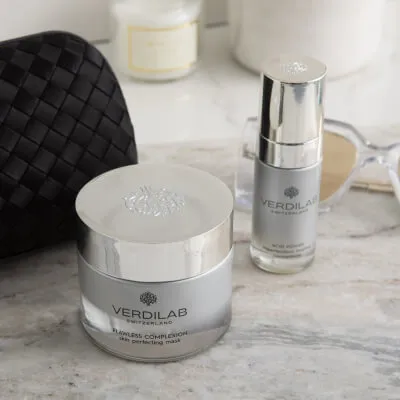- Some facts about global plastic production
- What are plastics, microplastics and nanoplastics?
- Where microplastic comes from?
- What are key concerns of widespread use of plastics and microplastics
- Why Microplastic is a macroscale problem worldwide?
- Food as a significant source of exposure to microplastics
- What are microplastics in cosmetics?
- How can you tell if a cosmetic that you use contains microplastics?
- Why microplastic is dangerous for our health?
The discovery of plastic and its subsequent use to produce every day-use products definitely makes our lives more convenient, but this has its own costs. The costs, which are paid not only by our environment, but also our own health. Keep reading to find out what are microplastics in beauty and how to avoid them!
Some facts about global plastic production
Although there is a rising concern of plastic use, the recent trends of global plastic production, together with its inappropriate use, more often than ever indicate that one day, we will have a big problem to deal with disposal of plastic waste. Even more worrying, seems to be a fact that plastic wastes, due to their small size, can be everywhere – in the air, in the food, drinking water and cosmetics.
In last 50 years, global production of plastics increased from 1.7 million tonnes produced in the 1950-ties to 335 million tonnes reported in 2016 according to recent scientific research. Even more striking is fact that this value is expected to double by 2050.
What are plastics, microplastics and nanoplastics?
Plastics, saying more precisely a synthetic organic polymers, which are often obtained from natural, therefore organic sources, that include coal, natural gas, and crude oil. Under specific extreme conditions, like using high temperatures and pressure, also known as polymerisation or polycondensation, these raw sources are formed into plastic materials, which we are familiar with.
Term microplastics was firstly introduced by Richard C. Thompson in 2004 to describe very small plastic particles, which measured less than 5 mm in diameter. Some of them are large enough to see, but most of them are very small and not visible but dangerous for our health as we breath them in and not only.
The difference between nanoplastics and microplastics is their size. Nanoplastics are smaller particles of plastic fragments in the submicron range, <1 μm. They are not visible to the naked eye or even under a simple microscope. Nanoplastics as a term for plastic particles in the nanotechnology field may refer to engineered particles <100 nm, i.e. the nanotechnology application size limit. Discovery and quantification of plastic particle pollution in human blood – ScienceDirect
Where microplastic comes from?
Although, microplastics can be of different origins, it primarily comes from industrial and domestic sources, including personal care as well as medical products. Microplastic can also be generated through breakdown of other bigger plastic items like foils, packages, boxes and others, which have been disposed inappropriately and ended up in the sea or/and land soils. Today you can find them almost everywhere.
What are key concerns of widespread use of plastics and microplastics
There is a lot to worry about.
Fact # 1. Plastic is a non-renewable resource – cannot be used once again.
Fact # 2. Plastic is highly resistant to natural degradation, which can take up 450 years.
Fact # 3. If plastic degrades it forms a small particles of microplastics, which can easily spread into our environment, including soils and water as well as our bodies.
Fact # 4. Presence of microplastic in our close environment is a serious threat for not only us – humans but also animals (fish, birds).
Fact # 5. Microplastics can be toxic, depending on its composition. It can also act as a carrier of other molecules that cling to it.
Fact # 6. Microplastics can physically damage organs and leech hazardous chemicals like pesticides. These substances can weaken immune function and hinder growth and reproduction.
Fact # 7. Scientists fear the cumulative build-up of these toxins might affect the health of living organisms.
Why Microplastic is a macroscale problem worldwide?
Depending on the country, microplastic can arise from different sources, however the most common are plastic containers such as bags and bottles, personal care products, paints, cleaning products, vehicle tires and even running tracks in the schools and rubber road in cities. Some researchers keep saying that among these sources, vehicle tires seem to be one of the most significant source of microplastic found in our environment and that would make sense as the rapid global number of produced vehicles increase year by year. Nevertheless microplastic that is found in the personal care products and cosmetics is the one we should worry about much more. Europe (15.9%) and North America (17.2%) are still the regions that are considered as significant contributors to microplastic use in the personal care products.
It is hard to believe, but according to recent research European cosmetic industry (also including Switzerland) still generates approximately 4.130 tons of microplastic annually which is more, than the microplastic deposited in seas and rivers from China, with an average of ~307 tons.
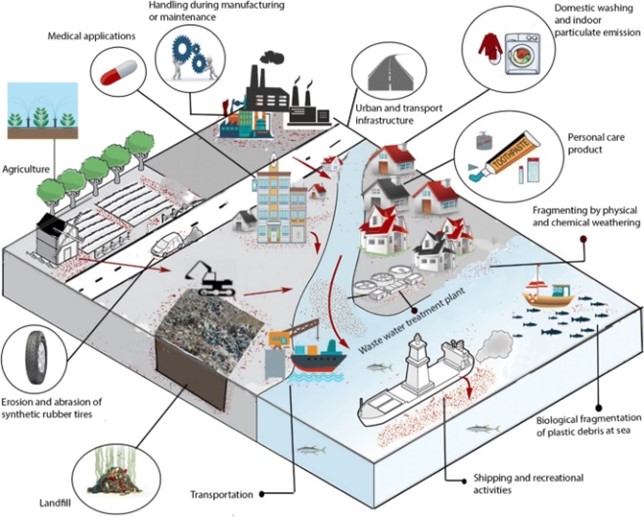
Sources of microplastic in the environment
Food as a significant source of exposure to microplastics
Diet, in particularly packaged foods as well as certain fish and seafood products, appear to be a potential sources of microplastic contamination in the foods. The most commonly found plastic polymers in this food are polyethylene-terephthalate (PET), polypropylene (PP), polyethylene (PE), polyester (PES), polyvinyl chloride (PVC), polystyrene (PS), Polyamide (PA), and nylon.
Can you imagine that microplastic was recently detected in fish such as mullet, cod, flounder, herring, mackerel, but also in European anchovy, mussels and oysters? It was found in a mineral water from in plastic bottles, in sea salts, including table salt and even in honey!
What are microplastics in cosmetics?
Although microplastics can be totally eliminated from the cosmetics they are unfortunately still a quite common ingredients in many cosmetics and personal care products. Basically microplastics can be found in all types of them, including tooth paste, facial cleansers, exfoliators, serums, creams as well as different types of makeup we use, for example powder, mascara, eye shadows and other. We should remember that microplastics in cosmetics are not limited to microbeads. Usually they are used as emulsifiers or fillers as cheap and easy to formulate technical ingredients, consisting of about 4% of chemical additives.
Before microplastic microbeads were developed, crushed shells and fruit stones were used in exfoliators as alternative of microbeads. Nevertheless these natural raw materials in cosmetics were quickly replaced with synthetic plastic microbeads, owing to their durability and low cost.
Today, according to European regulations microbeads are banned, but interestingly only in rinse off cosmetics such as facial gels, peelings, while other cosmetic products may still contain microplastics.
How can you tell if a cosmetic that you use contains microplastics?
To make sure whether your cosmetic contains microplastics or not you should carefully read the inci (ingredients) list to identify them under the names of Polyethylene (abbreviated PE), Polypropylene (PP), Polyethylene terephthalate (PET or PETE), Polymethyl methacrylate (PMMA), Polylactic acid, Nylon.
The growing awareness of the negative health effects of exposure to microplastics is often challenged by the cosmetics industry. Nevertheless, more conscious brands try to replace microplastics with natural ingredients with similar properties, such as silica and perlite, sugar or salt crystals, fruit seeds.
“According to our philosophy we ban in VERDILAB all types of microplastics and nanoplastics. We use ingredients of only 100% natural origin in our formulas. We do not use any plastic containers, instead of them we use only glass that is completely neutral and cannot transmit any particles into the product. Our promise is to change your skin and your life for the better, so we have to be 100% sure that our products are safe and cannot toxify body or the environment with any harmful plastic particle, no matter what size.”
Victoria Neymann, the Founder of VERDILAB.
Why are microplastics dangerous for our health?
Definitely microplastics is a big problem and unfortunately there is still a limited number of studies investigating long-term effects of microplastics on our health.
According to the survey conducted by environmental scientists from Wageningen University in the Netherlands, from the air, water, salt and fish/seafood, children and adults can consume anywhere from a few dozen to over 100,000 microplastics each day, what in the worst case scenario could mean that in a year we could ingest a mass of microplastics equal to a credit card.
Today we know that microplastic have negative impact on human health, demonstrated through its toxicity and ability to disrupt some of physiological processes. The most dangerous appears to be by-products or additives that are used in plastic materials. In addition, human body is unable to digest foreign synthetic polymers that may be stored in the organs involved in detoxification, such as the kidneys or liver, which over time can lead to cancer and reproductive disorders.
Some researchers report, that small sizes of microplastics and nanoplastics may readily penetrate into tissues and organs like intestines or liver, while body’s ability to eliminate them is still under research. So far, we know that nanoplastics migrate to organs through lymphatic and/or vascular invasion more frequently than do larger particles. Available to date evidence shows that exposure to microplastics can increase inflammation in the gut.
Microplastics in pregnancy
Microplastics can negatively impact on reproductive functions and pregnancy outcomes.
According to recent research the microplastics were found in placenta of pregnant women and it was proved that it correlated with reduced foetal growth. Scientific data available from new-borns shows that early-life DEHP (diethyl-hexyl phthalate, a widely used plasticizer) exposure altered gut microbiome composition and diversity.
Pioneering human biomonitoring study showed that plastic particles are bioavailable for absorption and were found in the human bloodstream. Nevertheless, more studies and long-term observations are needed.
